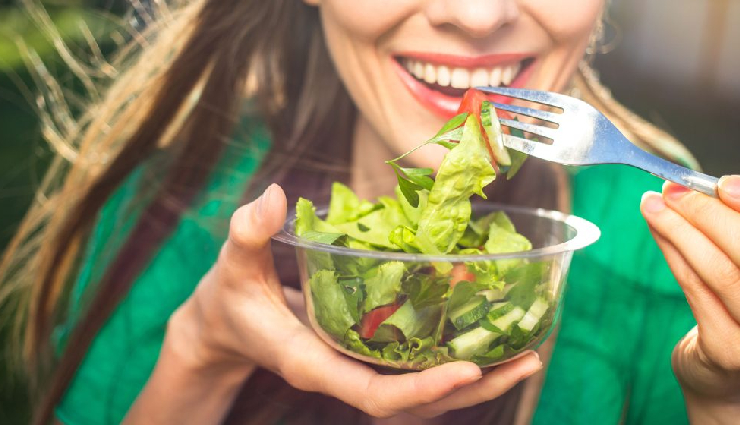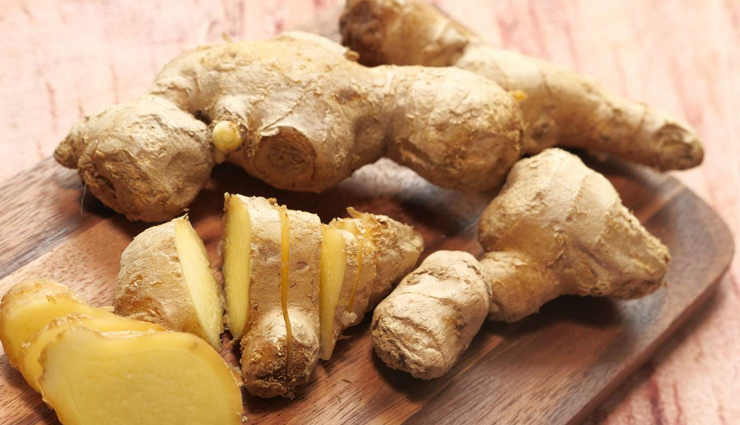
Acidity is a fundamental concept in chemistry that refers to the presence of acidic substances or properties in a solution. This concept plays a crucial role in various scientific disciplines, including chemistry, biology, and environmental science. Acidity is commonly measured using the pH scale, which quantifies the concentration of hydrogen ions (H⁺) in a solution.
Acids are substances that can donate protons (H⁺ ions) to other substances, while bases are substances that can accept protons. The pH scale ranges from 0 to 14, with 7 being neutral. A pH value less than 7 indicates acidity, while a pH value greater than 7 indicates alkalinity or basicity. The lower the pH, the more acidic the solution.
Common examples of acidic substances include citrus fruits (containing citric acid), vinegar (acetic acid), and gastric acid in the human stomach (composed mainly of hydrochloric acid). Understanding acidity is essential in many aspects of daily life, from the taste of foods and beverages to the functioning of biological systems.
In addition to its significance in chemistry, acidity also plays a crucial role in environmental processes. Acid rain, for example, is a phenomenon where rainwater becomes acidic due to the presence of pollutants like sulfur dioxide and nitrogen oxides in the atmosphere. This environmental issue can have detrimental effects on ecosystems, soil, and water bodies.
In summary, acidity is a key concept in chemistry, biology, and environmental science, influencing various natural processes and human activities. Its understanding is vital for maintaining balance in both natural and industrial systems.
 # Ginger:
# Ginger: Ginger has anti-inflammatory properties and can help soothe the digestive tract. It's often recommended for easing nausea and reducing acidity.
# Oatmeal: Oatmeal is a whole grain that is low in acidity. It can be a good option for a soothing and filling breakfast.
# Bananas: Bananas are generally low in acidity and can help coat the stomach lining, providing relief from acid reflux.
# Melons: Melons, such as watermelon and cantaloupe, are low-acid fruits that can be gentle on the stomach.
# Vegetables: Non-acidic vegetables like leafy greens, broccoli, cauliflower, and cucumbers are typically well-tolerated by individuals with acidity issues.
# Lean Proteins: Skinless poultry, fish, and lean cuts of meat are less likely to trigger acid reflux compared to fatty or fried options.
# Almond Milk: While regular milk may aggravate acidity for some people, almond milk is a non-dairy alternative that is often better tolerated.
# Aloe Vera Juice: Aloe vera juice may help soothe the esophagus and reduce inflammation. However, it's important to use a form specifically designated for internal consumption.
# Fennel: Fennel has been traditionally used to ease digestive discomfort. It can be consumed as a vegetable or brewed into tea.
# Whole Grains: Foods like brown rice and whole wheat bread are generally better choices compared to refined grains.

